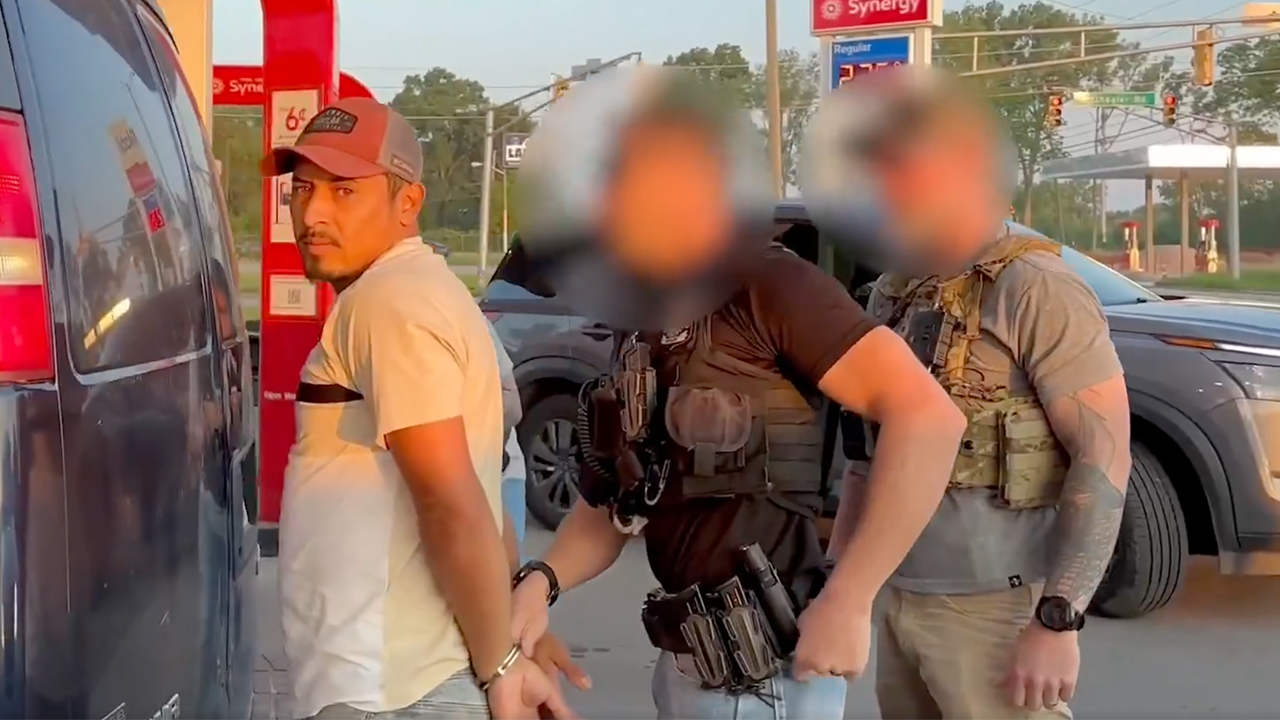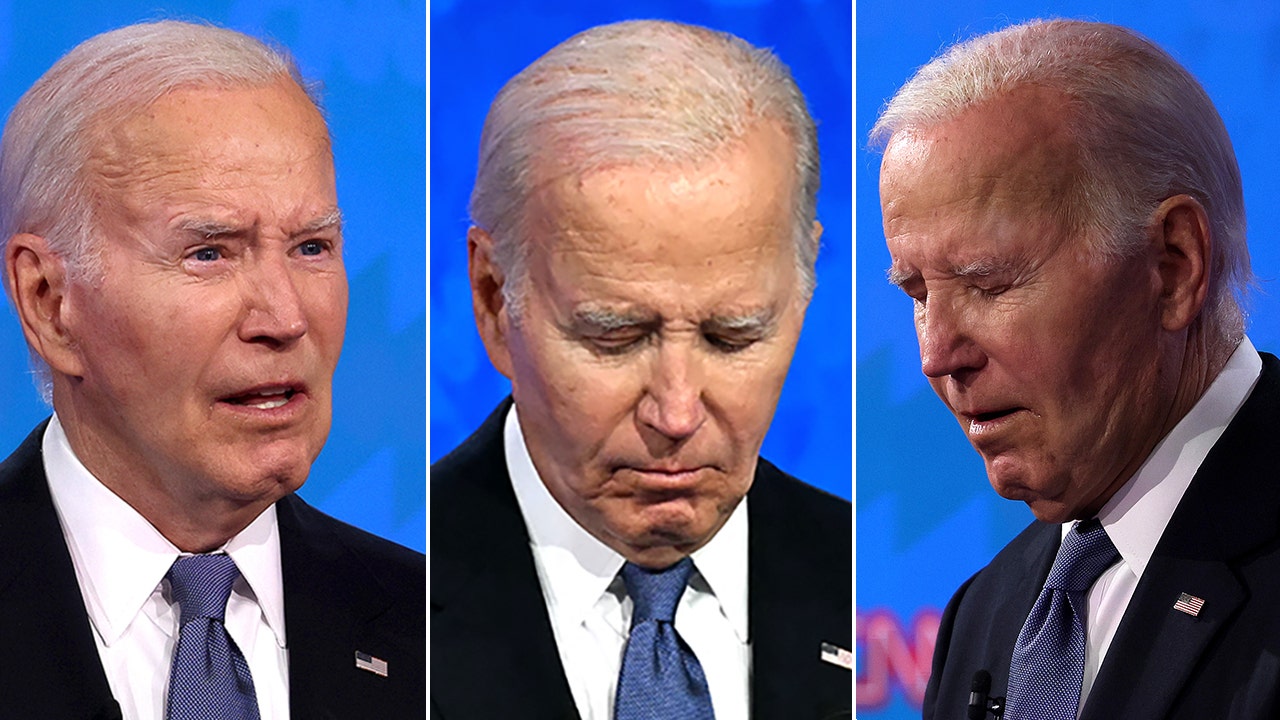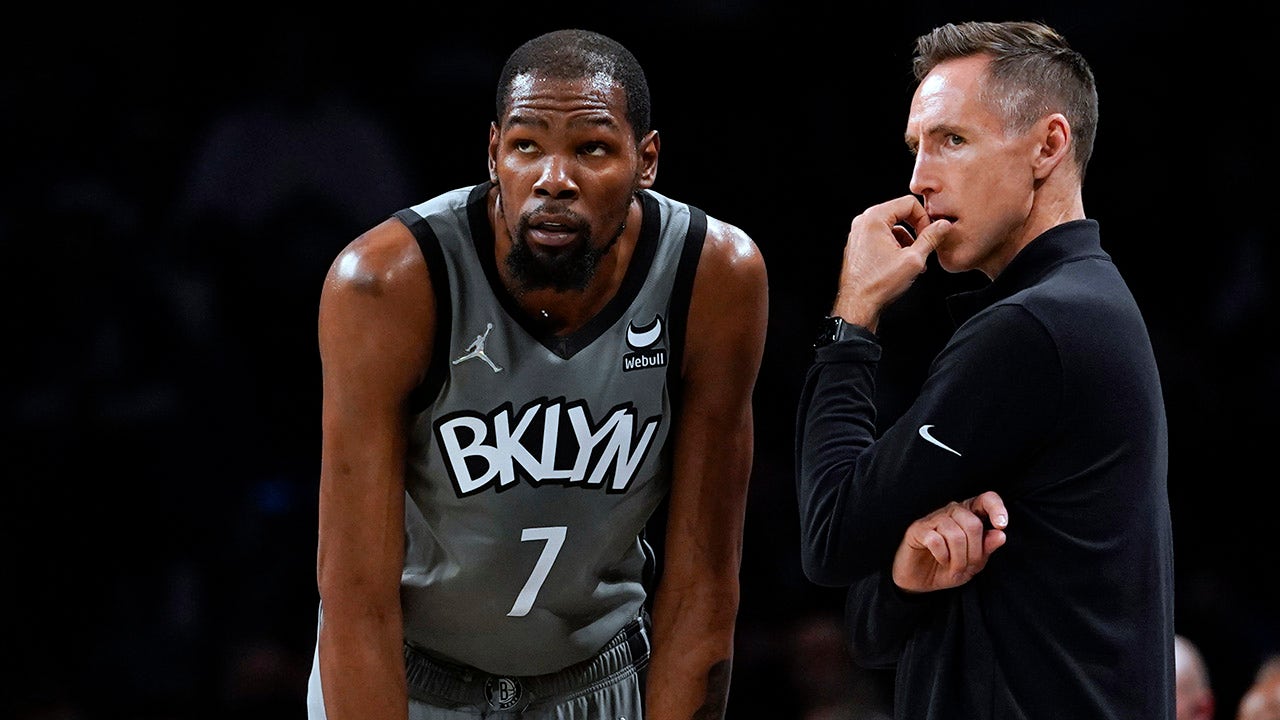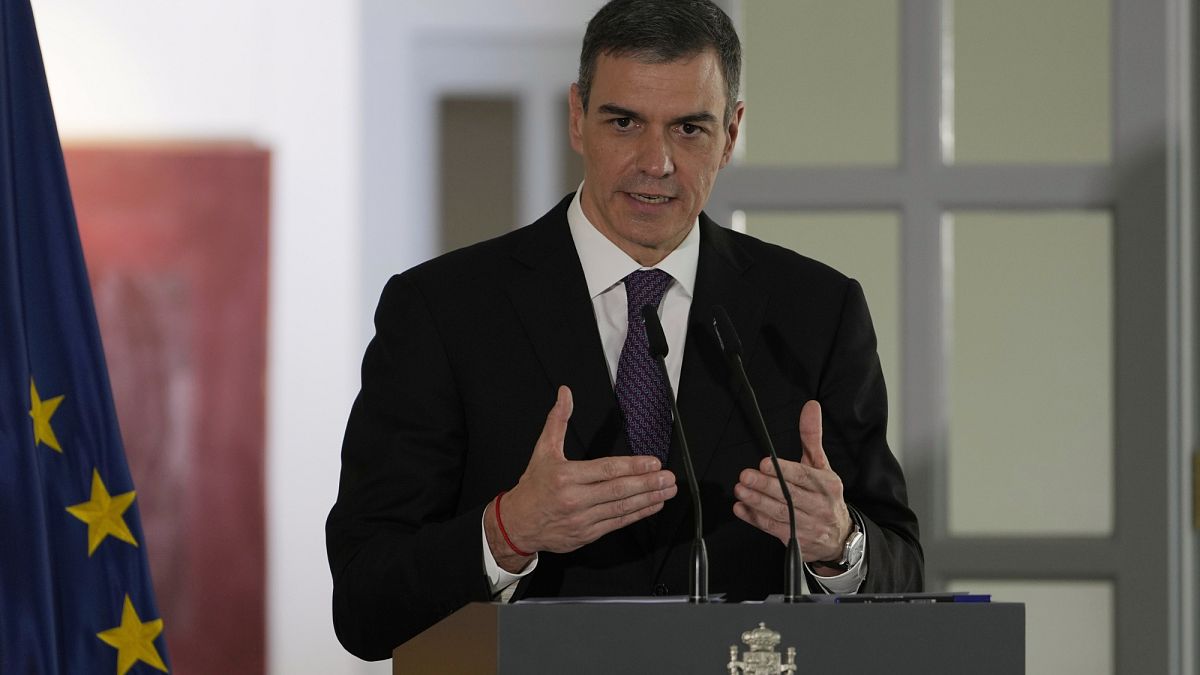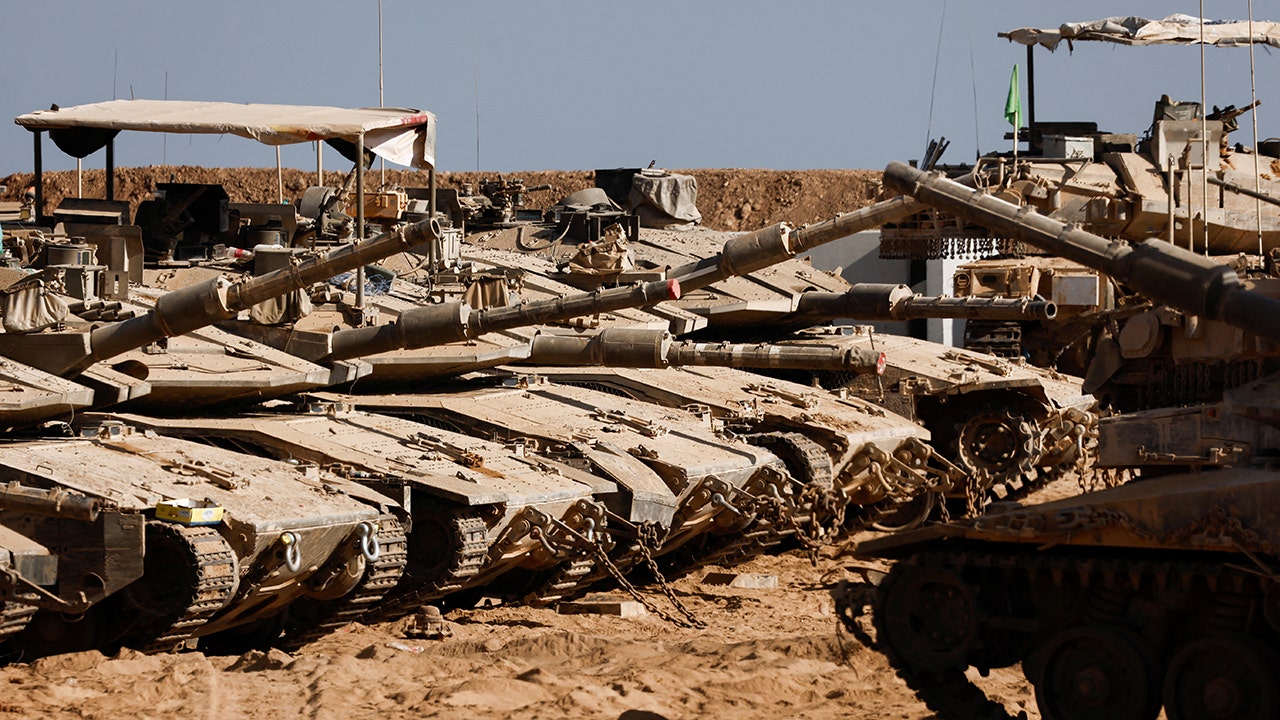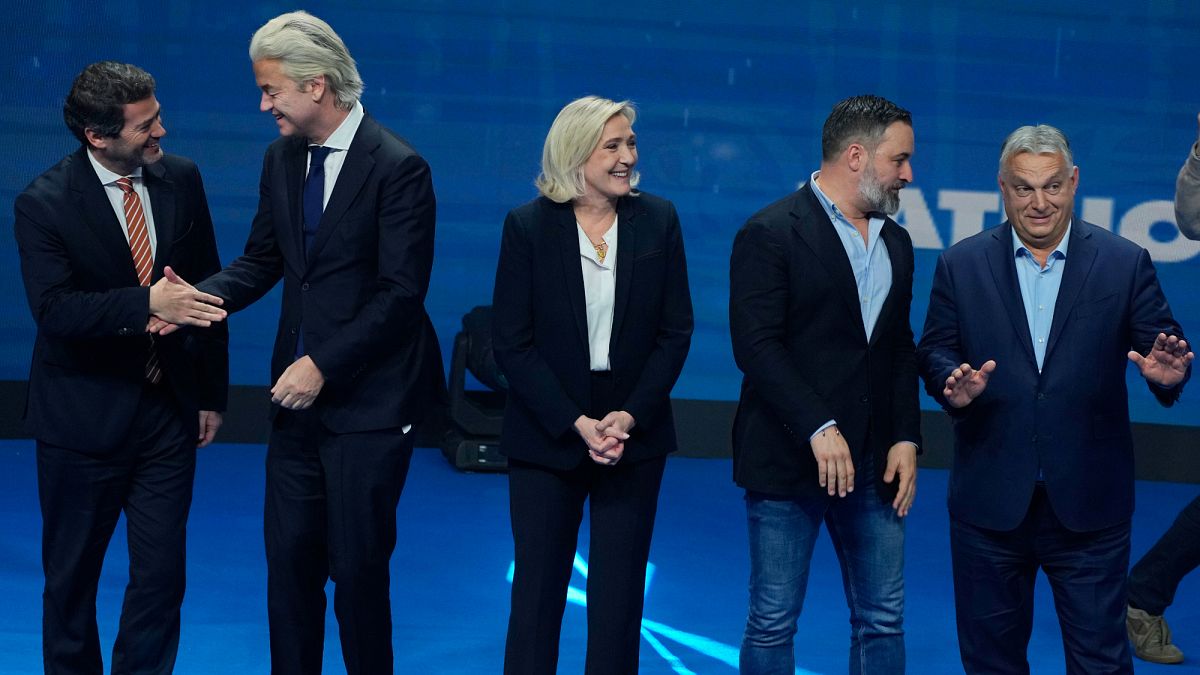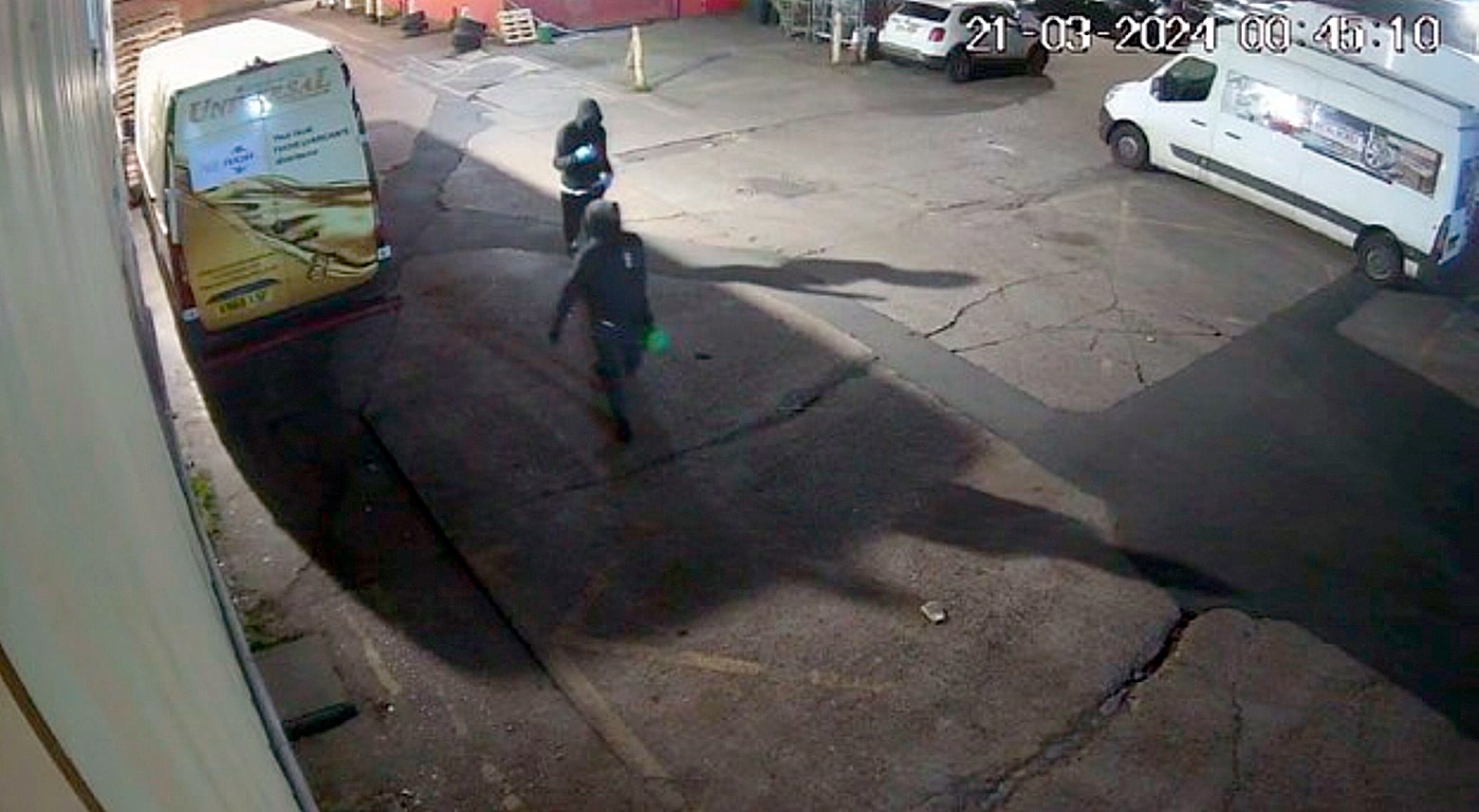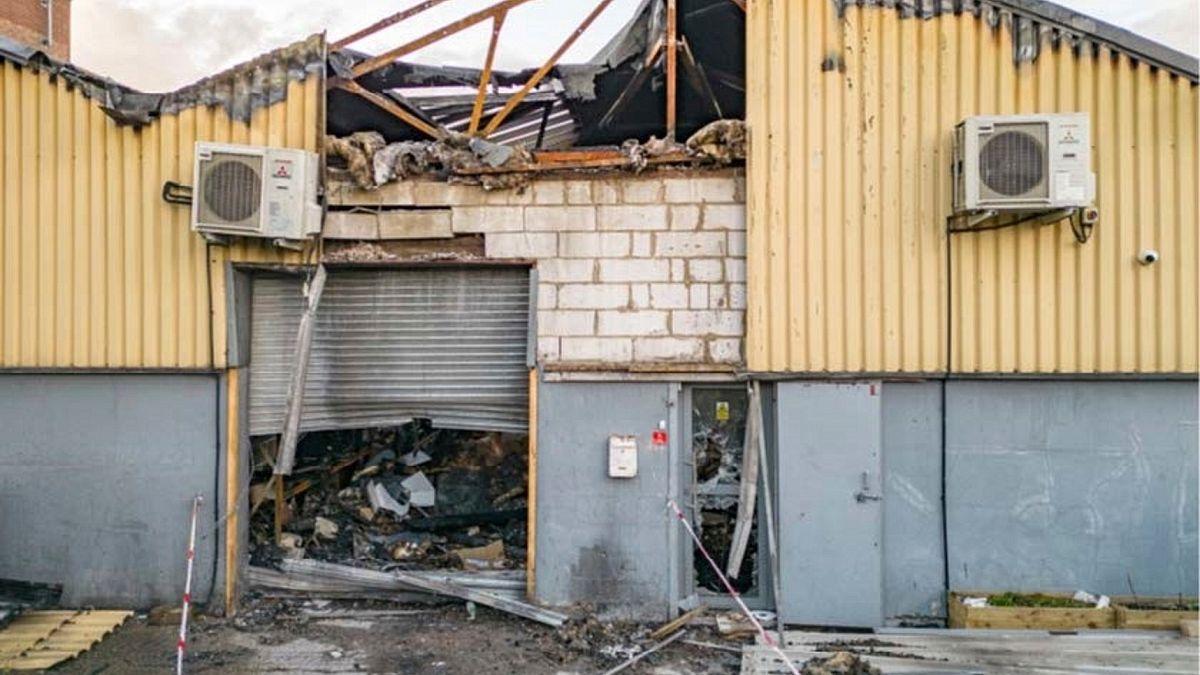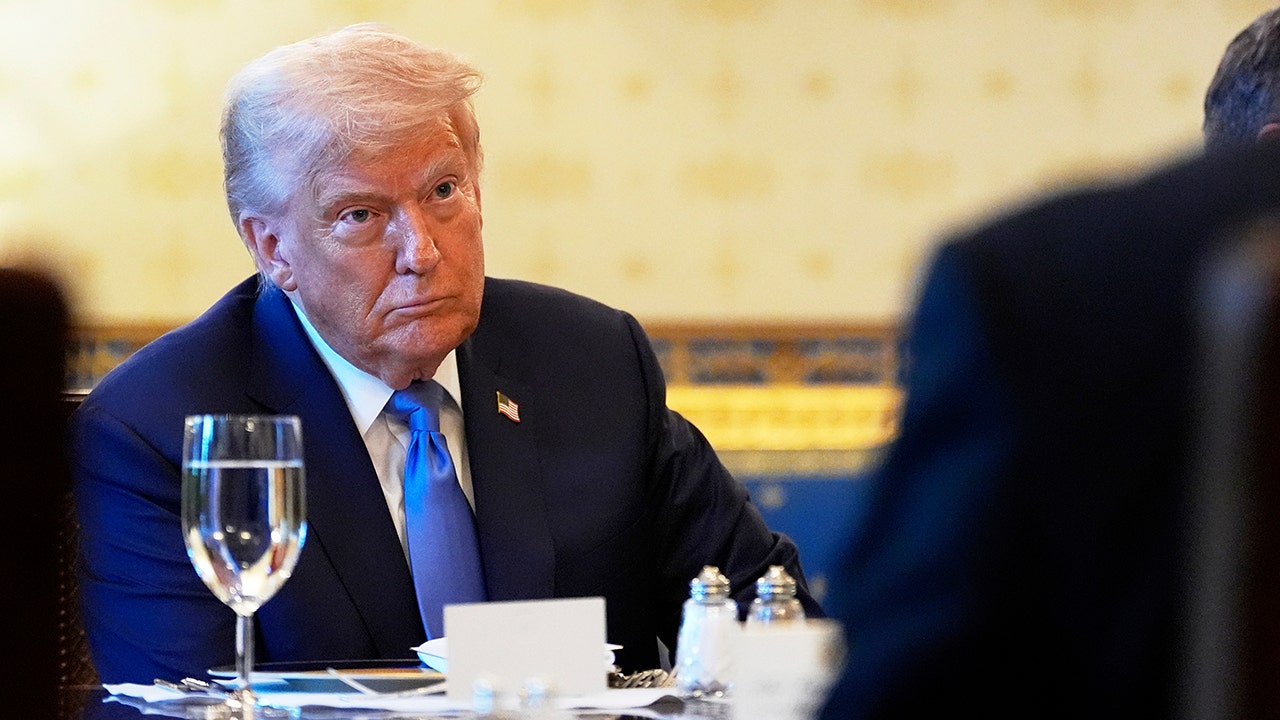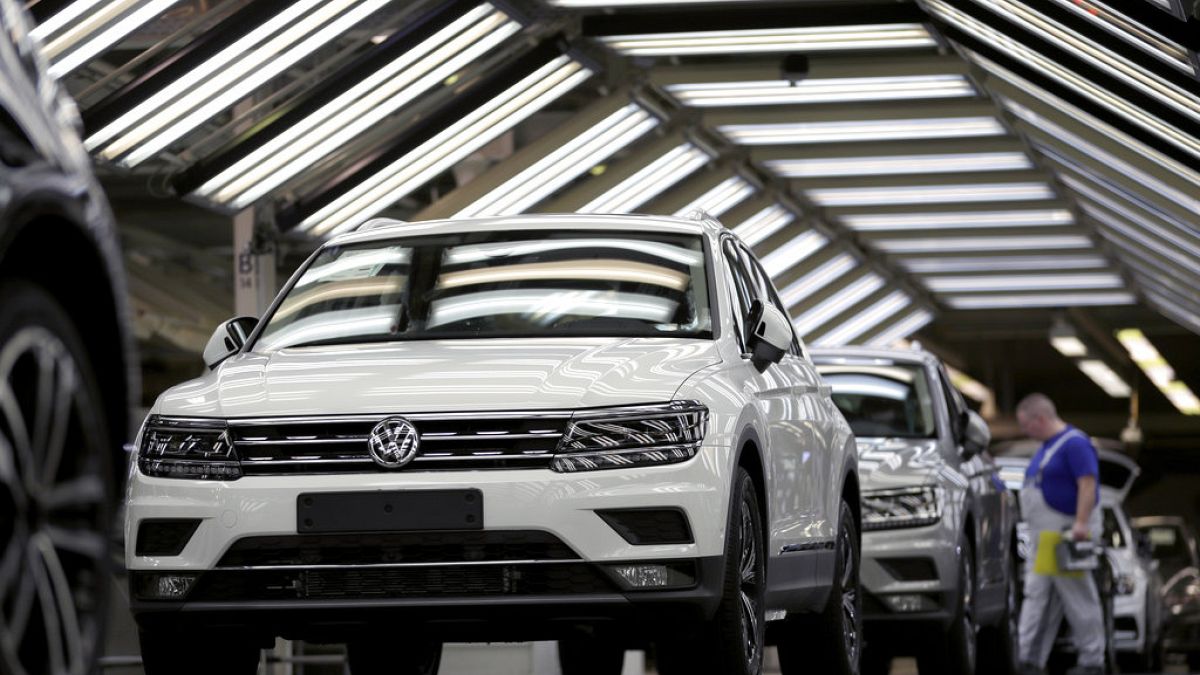Spain will invest an additional €10.4 billion in defence to meet NATO’s 2% target by 2025, Prime Minister Pedro Sánchez officially announced after Tuesday’s ministerial meeting in Madrid.
The centre-left leader emphasised that Spain remains a “pacifist” country and said the new investments are intended as a deterrent to “those who might think of attacking Europe”.
Less than a fifth of the plan’s funds will be allocated to the “purchase of arms in the traditional sense of the word”, the Socialist leader added.
Under the proposed defence and security plan, 35% of the new investments will go toward improving the working conditions of troops, over 31% to new telecom technologies and cybersecurity, nearly 19% to defence and deterrence tools, and close to 17% to support for emergency and natural disaster management.
Sánchez told reporters that the new investments will not affect citizens’ pockets, as the Spanish government does not foresee any tax increases, growth in public debt, or cuts to the welfare state in order to raise the country’s defence and security spending to around €34 billion in 2025.
“The money will come from the post-pandemic recovery funds, from the Government’s savings thanks to economic growth, from the margin given to us by items that were included in the 2023 Budget and which are no longer needed,” Sánchez said.
Moreover, Sánchez promised that most of the investments (around 87%) will go to Spanish businesses, and that less than 5% will be spent outside the EU. “The aim of this project is to make a new technological and industrial leap,” he argued.
The Spanish security and defence plan will be submitted for analysis to the European Commission and NATO on Wednesday.
So far, Spain has been the most laggard NATO country in terms of meeting the 2% defence spending target agreed in 2014 by the transatlantic military alliance. This benchmark is expected to be raised to at least 3% during the NATO annual summit in June in The Hague.
NATO’s Secretary General Mark Rutte has for months repeatedly called on all 32 allies to increase military spending to close critical capability gaps and ensure the continent’s security in the face of potential aggression – and former US President Donald Trump has even demanded that counterparts raise spending to 5% of their GDP, a figure no ally currently meets.
European NATO members have already told the top US diplomat that reaching that figure is currently unrealistic, but they committed to increasing burden-sharing within the alliance.
Italy—one of the eight allies that also has yet to meet the target—announced last week that it will do so later this year.
“We are fully aware, especially in light of current tensions, of the need to increase such spending in the coming years,” Economy Minister Giancarlo Giorgetti said last Thursday.
Read the full article here




